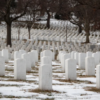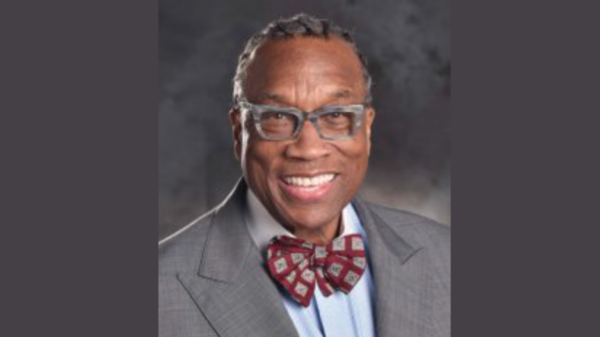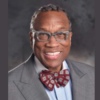In her search for family roots, Crystal Emory’s journey reflects the spirit of Black Americans navigating a complex history. Growing up in a time of prejudice against interracial marriages, Emory faced separation from her mother and time in an orphanage. However, she was beyond determined to uncover her past led her into genealogy.
“My father’s mother would tell me stories about the family, and I was writing these stories down as a young person,” Emory said.
But one day, that all changed. When the Smithsonian Institution and a group in Maryland contacted Emory, they helped her trace her history back to a place called Catoctin Furnace. This was a village that made things from iron a long time ago, like tools and bullets. They used old diaries and papers to connect Emory to one of her ancestors.
The exploration revealed stories of her resilient Black ancestor, Robert Patterson, who defied pre-Civil War challenges.
While many Black Americans face gaps in their ancestry due to slavery, Emory’s story is part of a broader experience. Limited historical records make tracing roots difficult beyond certain points.
Now at 68, Emory reflects, “I just always wanted to know who my family was, and more about myself,”
DNA Breakthrough
Researchers are now using DNA to bridge these gaps, connecting forgotten lives to the present. The study of the Catoctin Furnace sheds light on ancestral connections, revealing health challenges and geographic origins. The research not only unveils history but involves the community, paving the way for future inclusive studies.
Back in 1979, a new cemetery was discovered at Catoctin Furnace while the state was working on a nearby road. The bodies there didn’t have any markings, so the Smithsonian took care of them, finding ways to study old DNA.
Tthe Catoctin Furnace Historical Society, the Smithsonian, Harvard University, and a company called 23andMe linked 27 of those bodies to around 42,000 people living today who are somehow related to the people buried there – and to each other.
Discovering and Uncovering the Connections
The DNA also told them some things about the lives of the people in the graveyard, like their families and sicknesses they may have had. But there are still things they don’t know because their names weren’t written down.
“We don’t have any idea who these people were, because they’re anonymous within the cemetery,” commented Elizabeth Comer, who serves as both the president of the Catoctin Furnace Historical Society and an author of the study.
Fatimah L. C. Jackson, a biologist and anthropologist at Howard University not involved in the study, praised the research for its groundbreaking approach. This breakthrough could set a blueprint for future studies.
However, The Smithsonian, Harvard, and the historical society have yet to reach out to the nearly 3,000 relatives of those buried at the Furnace.
Comer said, “That history has been obfuscated, it’s been erased, it’s been eliminated from our narrative, our whole being is to reconnect with a descendant community, both collectively and directly.”.”
According to NPR, Comer hopes they can eventually locate and connect with these individuals.









